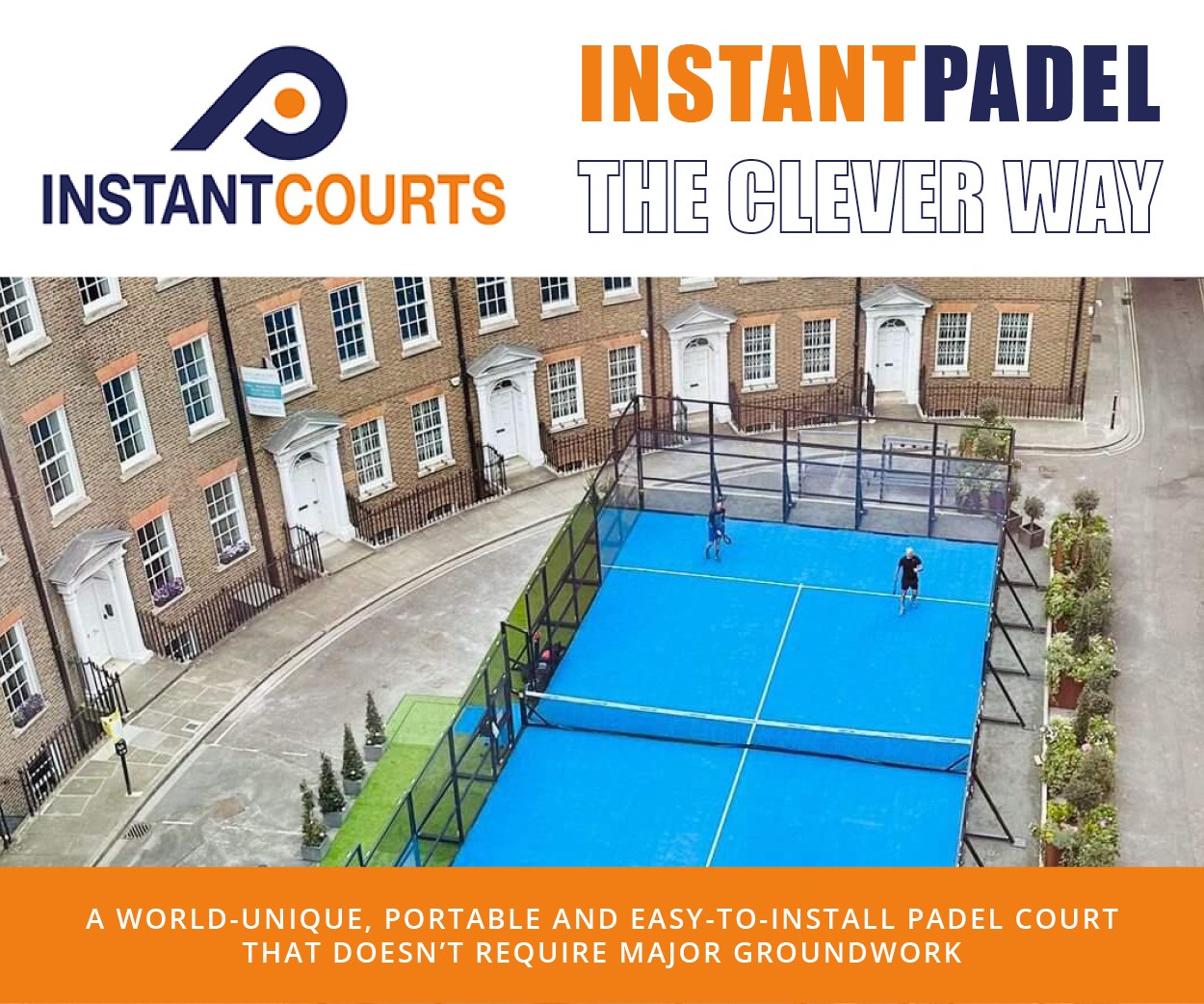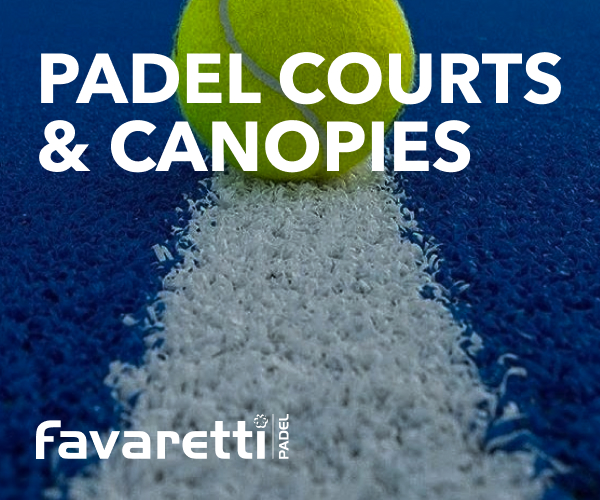Chapel Allerton Tennis & Squash Club in Leeds is due to open two padel courts in August. Like many other UK sports venues who’ve taken the plunge into padel, the process has not been entirely straight-forward. The Padel Paper asks club manager Eddy Stallworthy for his advice…
“In September, we made a detailed financial plan to add padel to our 143-year-old club (which has 16 tennis courts, six squash courts and a gym) which was voted through unanimously by members.
But by the time we had done our research, selected our contractors and finalised planning, seven months had elapsed and prices had changed significantly. This is one – but certainly not the only – pitfall that club managers should be aware of when adding padel to their facility.
Funding
A large proportion of our initial funding plan came from a £250,000 interest-free loan from the LTA. However, the LTA later required that non-members be able to book not just the padel courts, but our outdoor tennis courts as well.
As a members’ club, that gave us a problem. We were suddenly obliged to come up with a new membership structure. For us (and other members’ clubs, I suspect), the agreement became unworkable.
Luckily, we were able to self-fund and use some Coronavirus Business Interruption Loan Scheme (CBILS) funding to complete the project. But other clubs should be aware that the LTA loans carry with them an expectation to open up your wider facilities to visiting parties, not just your new padel courts. The governing body also requests current and future financial plans. Know your figures, because they will be forensically picked apart (and rightly so!).
Choose the right model for you
We considered the popular model of paying nothing up front and operating the courts on a revenue share basis with the contractor for a set number of years.
There were many positives to this model, but I asked: who owns the court at the end of the contract? After that period, who pays for repairs? Who takes the court fees? Could they pack the court up and take it away? I didn’t quite feel we got satisfactory answers to these pertinent questions, but I felt they had to be asked. I advise others to do the same.
Choose contractors shrewdly
Padel is a booming sport and has attracted a few individuals with dollar signs in their eyes. I put a post on LinkedIn and received lots of communication from people wanting to “have a chat.” We could quickly tell there wasn’t huge substance behind some of them.
The one question I always asked is, ‘Where have you done courts previously?’ If they said, ‘Actually this will be our first,’ for us that was an automatic no. I understand that someone has to be their first customer and that’s tricky for them, but if I’m going to take that kind of gamble, I’d want at least 50% off the project cost.
A good installer will be honest and demonstrate their knowledge from factory to completed project. You can ask to view their factory and that should demonstrate the scale of their business.
If you acquire the amount of knowledge about padel courts that I now have, you’ll soon get to suss out who knows what they’re talking about.

Prioritise quality
We initially found it difficult to compare quotes like-for-like as there were many varying factors. Some were very detailed (down to which hotel the workmen would be staying in!) whereas others were quite simplistic. You’ve got to work out what information you need and ask for it.
In theory, a padel court is just a jigsaw – it’s the groundwork where the expertise comes in. We heard of companies who hadn’t levelled the ground properly, so when the carpet was laid on top there were bubbles between the surfaces which causes uneven bounce.
The carpet itself is also crucial. A World Padel Tour carpet may suit professional players, but carpets with a different bounce might suit your purposes if the average age of your members is 60+ and the standard is more towards participation than elite competition.
My advice is try them and figure out what will most suit your club. And bear in mind a carpet will need replacing after five years, perhaps even more frequently than that on uncovered courts.
For the court frame, there are British, Spanish and Portuguese etc standards of steel. Some would argue that has a bearing on the quality. There are British industry standards for canopies. We visited a canopy at a garden centre. It was the same product – it just covered flowers instead of a padel court!
Planning applications
Quite simply: be prepared for delays. We were told, after submitting further drainage reports, that we’d get our planning application approved in two weeks. It took 10 and a half. I’ve heard others have taken much longer. Make sure you’re on top of your planning before you set a date with your contractors.
Essentially, your courts must be 30m away from residential properties – and there are rumours that distance might be increased because of a case in Bournemouth. That isn’t going to make the process any quicker!
We did a pre-application, which helps test out the viability of the project quickly before you go into more depth. I’d advise this if you have doubts, as it will show you fairly quickly if the project is a non-starter before completing several surveys.
Most of all, my message to other clubs starting their padel journey would be, good luck!”










































